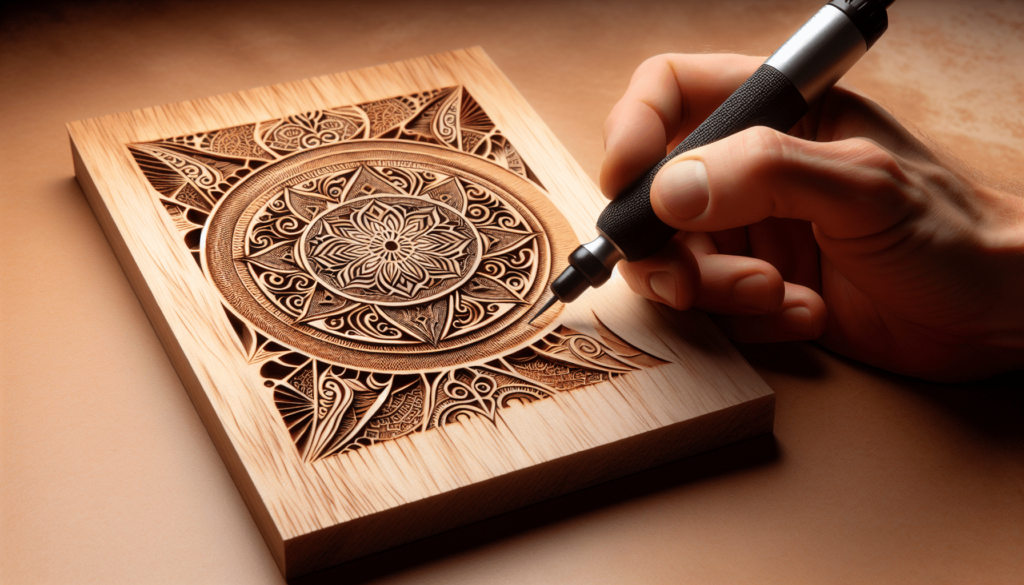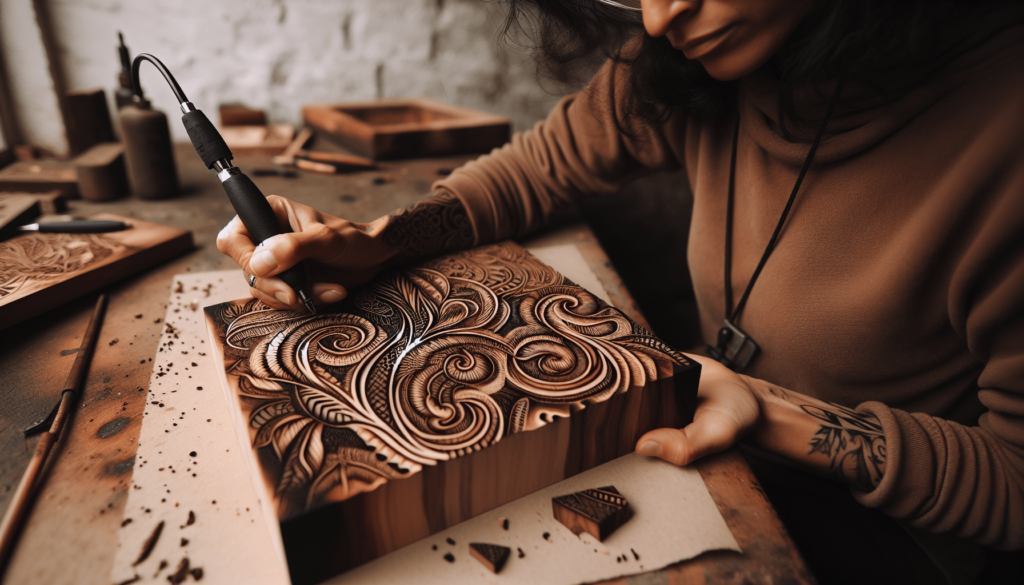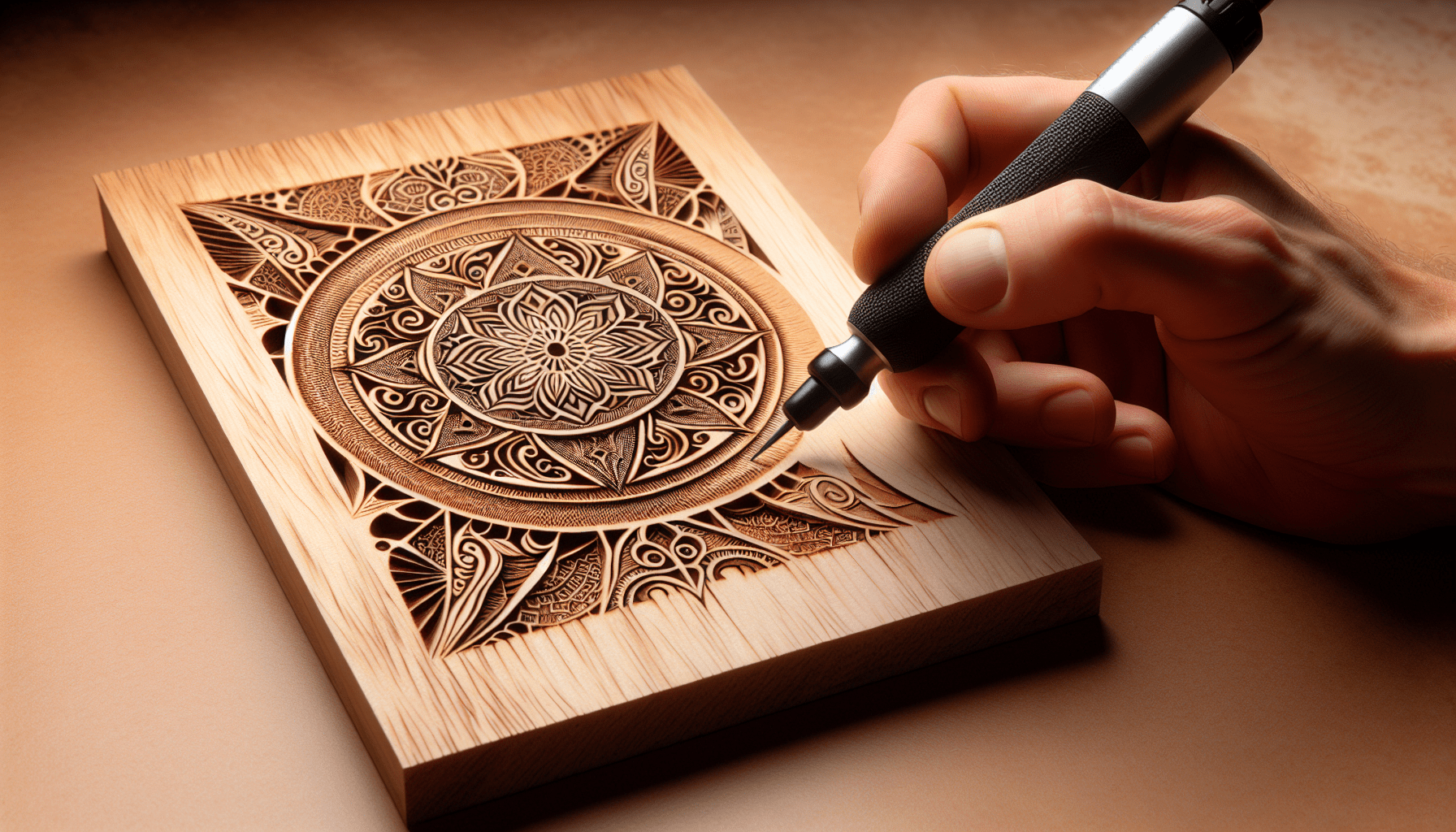So, the first time I saw a wood burning artwork, I was captivated by its intricate details and rustic charm. The technical term for wood burning is actually “pyrography,” which comes from the Greek words for “fire” and “writing.” Pyrography involves using a heated tool to scorch designs into the wood, creating everything from simple patterns to elaborate images. It’s a craft that requires a steady hand and a lot of patience, but the results are absolutely stunning. What Is The Technical Term For Wood Burning?
Have you ever found yourself staring into the mesmerizing flames of a campfire, wondering what exactly is happening to the wood as it crackles and pops? It’s not just about the warmth or the pleasant atmosphere; there’s a fascinating technical world behind those dancing flames. So, what is the scientific term for wood burning?
Wood burning, also known as pyrography, is an art form and a science. The term may seem fancy, but it essentially boils down to one thing: fire meeting wood and the subsequent series of chemical reactions. But let’s dig deeper.

What Exactly Is Pyrography?
Pyrography, derived from the Greek words “pur” (fire) and “graphos” (writing), essentially means “writing with fire.” While this term is often associated with the artistic process of creating designs on wood, it can also be used to describe the combustion process in a more general sense.
The Science Behind Wood Burning
Burning wood involves several intricate steps that can be broken down into different stages, each with its own set of chemical reactions. Let’s tackle each one.
1. Dehydration
The first stage is dehydration, where the heat causes the water in the wood to evaporate. This isn’t just surface moisture we’re talking about; even the moisture bound up in the wood fibers is released.
2. Pyrolysis
Next comes pyrolysis, the Greek term for “separating by fire.” In this stage, the heat breaks down the molecular structure of the wood, converting it into volatile gases and solid charcoal. This is where most of the ‘magic’ happens.
3. Combustion
Finally, we reach the combustion phase. The gases produced during pyrolysis mix with oxygen and combust, creating flames. The solid charcoal left behind continues to burn at a slower rate, producing glowing embers.
A Closer Look at Pyrolysis
Breaking down the pyrolysis phase into digestible chunks makes it easier to appreciate the complexity involved. Pyrolysis itself can be divided into two main sub-stages: primary pyrolysis and secondary pyrolysis.
Primary Pyrolysis
Primary pyrolysis initiates at lower temperatures (between 200°C and 300°C). During this stage, the cellulose, hemicellulose, and lignin in the wood begin to break down. To keep it simple:
- Cellulose: This gives wood its rigidity and is broken down into levoglucosan and other volatile compounds.
- Hemicellulose: This breaks down quicker than cellulose and produces acetic acid and other volatile gases.
- Lignin: This is more complex and breaks down into both volatile gases and char.
Secondary Pyrolysis
As the temperature rises (over 300°C), secondary pyrolysis kicks in. The volatile compounds produced during primary pyrolysis now start to break down further, generating flammable gases like hydrogen, methane, carbon monoxide, and more.
The Chemistry of Combustion
Once pyrolysis has done its job, the next stage—combustion—steps in. Here’s where the real fireworks happen! Combustion can be divided into two types: flaming combustion and smoldering combustion.
Flaming Combustion
This is what we commonly recognize as flames. It’s a gas-phase ignition where the volatile gases from pyrolysis react with atmospheric oxygen to produce a highly exothermic reaction, emitting both light and heat. For all the chemistry nerds out there, here’s a simplified version of the chemical reaction:
[CH_4 + 2O_2 → CO_2 + 2H_2O + Heat]
Smoldering Combustion
Smoldering combustion is a slower, low-temperature form of combustion. It usually occurs in the charcoal and unburned wood beneath the flames. This type of combustion smolders without producing visible flames but still results in the emission of heat.
Different Types of Wood and Their Burning Characteristics
One of the fun aspects of wood burning is how different types of woods behave differently when burned. Some wood burns hot and fast, while others burn slowly and steadily. Let’s have a quick look:
| Type of Wood | Burn Rate | Heat Output | Best Use |
|---|---|---|---|
| Oak | Slow | High | Long-lasting fires |
| Pine | Fast | Moderate | Quick, hot fires |
| Maple | Moderate | High | Balanced heat and duration |
| Birch | Fast | Moderate | Quick warmth |

The Art of Pyrography
Like I mentioned earlier, pyrography is not just a scientific term but also an art form. If you’ve ever seen beautiful designs etched into wood, that’s pyrography at work. By using a heated metal tip, artists can create intricate patterns, text, and imagery on wooden surfaces.
Surface Preparation
Before diving in, it’s crucial to prepare the wood properly. Sanding the wood to a smooth finish is essential to ensure even burning.
Choosing the Right Tools
Typically, a pyrography pen with different interchangeable tips is used. Each tip can create various textures and effects.
The Technique
Mastering the art of pyrography involves understanding temperature control. Different shades and depths of burn can be achieved by varying the temperature and the speed at which the pen is moved.
Pyrolysis in Everyday Life
You might be surprised to learn that pyrolysis is not exclusive to wood burning. In fact, it plays a role in many everyday processes and technologies.
Cooking
When you sear a steak or even toast bread, pyrolysis is at play, breaking down complex organic molecules into simpler ones and generating unique flavors.
Waste Management
Pyrolysis is also used in waste management to reduce the volume of waste and generate usable byproducts like biochar, syngas, and bio-oil.
Industrial Applications
In the chemical industry, pyrolysis is used to produce a variety of chemicals and even fuels. The thermal cracking of hydrocarbons to create ethylene, a building block for dozens of chemicals, is a classic example.
Safety Measures
While wood burning and pyrography can be enjoyable and useful, it’s essential to keep safety top of mind.
Ventilation
Always ensure adequate ventilation to avoid inhaling harmful gases. If you’re working indoors, make sure there’s a well-functioning ventilation system in place.
Fire Safety
Keep a fire extinguisher or a bucket of water nearby. Always be cautious with open flames and heated tools to avoid accidental fires.
Personal Protective Equipment (PPE)
Using gloves and safety goggles can prevent burns and eye injuries. It’s better to be cautious than regretful.
Conclusion
So there you have it: a deep dive into the world of wood burning, or pyrography, from both a scientific and artistic perspective. Whether you’re fascinated by the chemistry or the craft, understanding this fiery interaction can add an extra layer of appreciation the next time you find yourself by a roaring fire.
Isn’t it intriguing how something as simple as wood and fire can unfold into a cascade of intricate scientific phenomena and beautiful artistic expressions? From dehydration to pyrolysis, and finally to combustion, each stage has its unique role to play. And let’s not forget the art of pyrography, where fire turns into a pen, writing stories on wooden canvases.
Next time someone stares into a campfire and wonders what’s happening, you’ll not just know the answer—you’ll be able to paint a vivid picture of the fantastical journey that each piece of wood undertakes in those mesmerizing flames.

